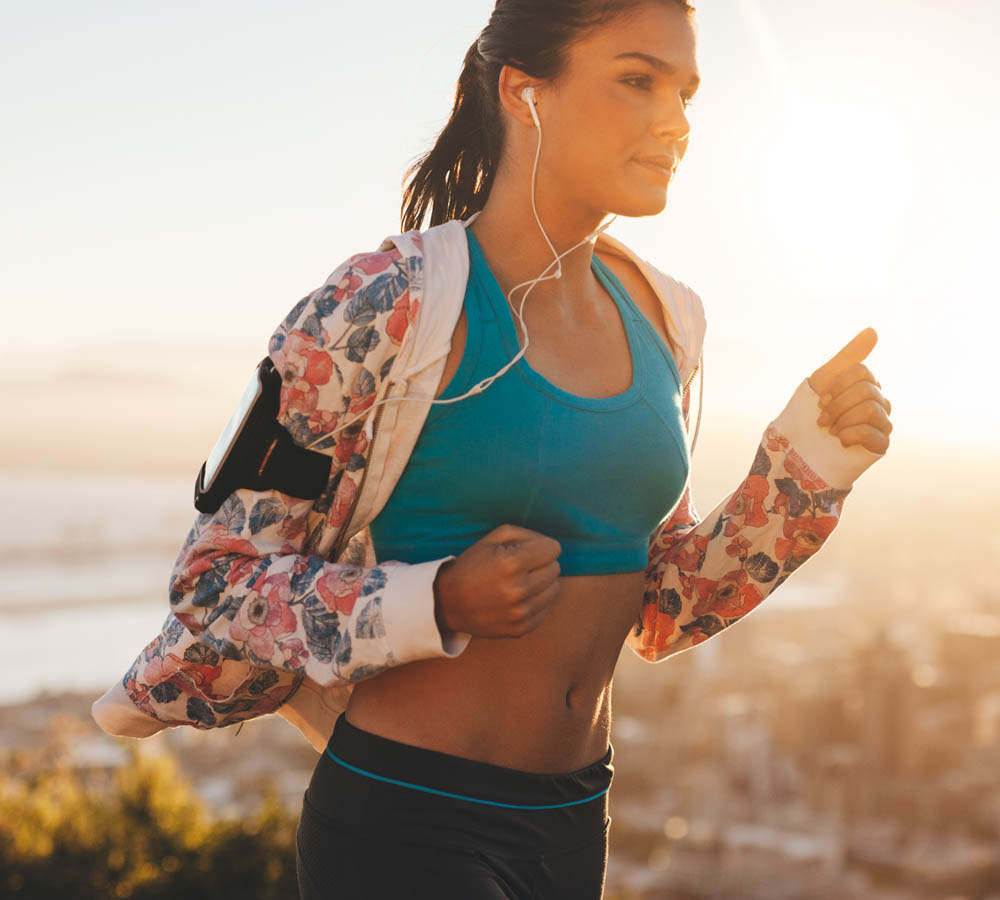Named Among the Best Plastic Surgeons in Boston
Helena O. Taylor MD, PHD, FACS & Stephen R. Sullivan MD, MPH, FACS
Fat transfer is a relatively new technique which involves the transfer of small amounts of fat from unwanted areas such as the abdomen to the face, breast or body and restores the volume of soft tissues. With minimally invasive surgery through a very small incision in the belly button or creases such as the buttock, fat is removed using liposuction.
Additional fat can be removed at the same time if desired. The fat is then carefully sterilized, seperated and filled into the desired areas of the face, breast or body though micro cannulas and without making incisions. The transferred fat can restore face, breast or body contour and is the ideal method of minimally invasive rejuvenation without use of foreign materials.
Facial fullness between the cheek bones and lips provides a youthful appearance.

Volume loss in this area and the facial compartments accentuates grooves such as the nasolabial folds and marionette lines and results in a concave facial contour. These areas can be rejuvenated and facial volume restored with autologous fat grafting or fat transfer.
A fat transfer can also restore facial symmetry or improve facial harmony. Other reasons for a fat transfer include history of facial trauma or facial operations, history of radiation, or a history of congenital or craniofacial anomalies such as cleft lip and cleft palate. Dr. Sullivan and Dr. Taylor both have fellowship training in craniofacial surgery and have published extensively on their experience with facial plastic surgery. A fat transfer is typically performed under general anesthesia in the operating room. In certain situations small volume fat grafting can be performed in the office with local anesthesia.
Patients with a history of breast cancer, surgical scars, breast asymmetry or just a desire for fuller breasts and natural breast augmentation might consider fat grafting to the breasts.
Fat transfers can be performed to correct areas of soft tissue depression from other scars or trauma. A fat transfer relies on the grafted fat getting a new blood supply to survive, which limits the volume of fat that can be transferred. This also explains why the volume of graft take is not entirely predictable. Despite these limitations, fat grafting has been one of the most significant innovations in both aesthetic and reconstructive surgery, and is very powerful.


Hand rejuvenation with fat transfer is another procedure performed by Dr. Sullivan and Dr. Taylor. While surgical and non-surgical facial rejuvenation is usually considered to be the most common procedure with advancing age, the hands can also show signs of aging and betray how one feels. Patients who have experienced facial rejuvenation with facial fillers or fat transfer may also be interested in hand rejuvenation.
With the same methods used for facial fat transfer, and often in the same procedure, the hands can also be rejuvenated by filling the deep depressions, concealing the prominent veins and tendons, and restoring tone to the wrinkled skin. Adding volume with fat transfer softens the appearance of the back of the hands without the need to injure the veins with sclerotherapy or laser treatment. Micro liposuction is used to remove fat from unwanted areas such as the tummy and the fat is then carefully instilled into the back of the hand with micro cannulas so there is no need to make incisions or use stitches. Swelling and bruising are the most common side effects following hand rejuvenation, and these usually resolve within a few days.
WHAT FAT TRANSFER DOES
DURATION OF FAT TRANSFER RESULT
LENGTH OF PROCEDURE
1 Hour
TYPES OF ANESTHESIA
Local, Sedation (sleepy) or General Anesthesia
RECOVERY
TIME OFF SCHOOL OR WORK
3-5 days
TIME OFF ACTIVITIES
In Boston fat transfer patients have fat removed from the abdomen, flanks, and inner thighs, as they are ideal donor sites, though occasionally we may also access the buttock.
Unlike the use of an implant, we can only transfer as much fat as will revascularize. This limits the amount of fat grafting which can be performed in each setting. In the breasts, for example, fat transfer is usually less volume than “one cup size in a bra”. The volume of transfer to breasts may be an average of 75 to 125 cc to each breast - some may consider 200 cc to be approximately one cup size in a bra. But depending on the situation, we have found it a powerful enhancement in facial, breast and body surgery.
Yes. Fat transfer can be performed more than once. We typically like to wait three to six months between rounds of fat transfer.
Intravascular injection, or embolization is the dreaded risk of fat grafting (as with the injection of fillers). We take every known precaution to avoid this, but because the fat is injected through tiny stab incisions, the risk cannot be completely eliminated. Unpredictable graft take is also a concern with your fat transfer Boston plastic surgeons, Dr. Sullivan and Dr. Taylor will discuss this with you prior to surgery.
It is important to be seen by Dr. Taylor or Dr. Sullivan after your Fat Grafting operation. They will see you in follow-up appointments at 1 week, 3 to 6 months, and 1 year or as often as needed post-op. Call Taylor and Sullivan Plastic Surgery to schedule your appointments at (617) 492-0620 between the hours of 8:30 – 5:00 or visit our webpage at www.massplasticsurgeons.com. We are always available for postoperative concerns or emergencies and can be reached through our paging service 24 hours per day at (617) 492-0620.
Download our FAT GRAFTING AFTERCARE INSTRUCTIONS.
Dr. Sullivan and Dr. Taylor, board certified plastic surgeons in the Cambridge and Boston Mass area, will carefully consider your goals and evaluate your potential for fat grafting. If they feel you are an appropriate candidate, they can tailor a minimally invasive procedure to your needs. They strive to deliver the best fat transfer Boston has to offer. Sometimes fat transfers are combined with other procedures such as breast lift or facelift.
Call Today 617.492.0620
To schedule a private consultation with Dr. Taylor or Dr. Sullivan, please call the office or request an appointment using our form. We welcome your visit and your questions.
300 Mount Auburn St. Ste 304, Cambridge, MA 02138





